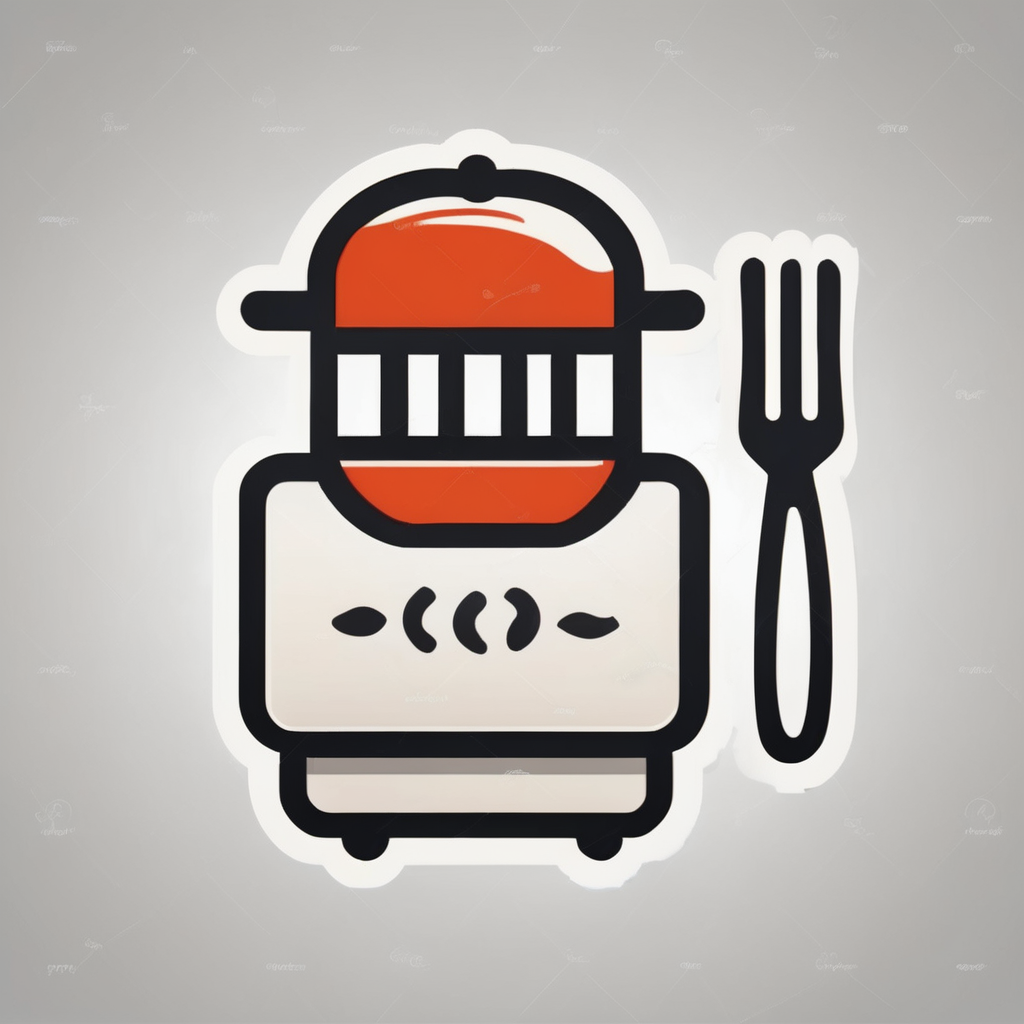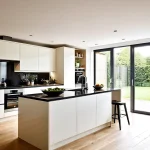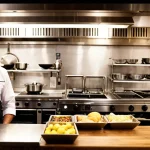Immediate Impact of Brexit on UK Kitchen Market
Brexit brought notable changes in kitchen material cost across the UK kitchen market. Tariffs and new customs procedures increased prices on timber, metals, and imported ceramics, causing manufacturers and consumers to face higher expenses. These cost rises are due to import delays and increased paperwork, affecting the overall kitchen industry changes.
Furthermore, the UK kitchen market experienced significant shifts in supply chain efficiency. Previously streamlined deliveries from the European Union now encounter border checks and customs clearance, resulting in longer lead times and occasional stock shortages. For kitchen suppliers and builders, this disruption complicates project planning and inventory management.
Have you seen this : Is the Popularity of Open-Concept Kitchens in the UK Beginning to Decline?
Additionally, the immediate effect on appliance availability and pricing was pronounced. Several kitchen appliance brands relying on EU manufacturing faced temporary shortages in warehouses. This scarcity, combined with increased import duties, led to price hikes and a reduced choice for consumers seeking new kitchen appliances. These factors collectively demonstrate how Brexit directly influenced the kitchen industry changes, forcing stakeholders to adapt quickly to new trading conditions.
Ongoing Changes in Kitchen Material Sourcing and Costs
Recent shifts in kitchen material sourcing have significantly impacted the cost and availability of materials used in kitchen installations. One of the primary factors driving these changes is the introduction of new import/export tariffs post-Brexit. These tariffs have increased the cost of goods imported from European suppliers, which traditionally provided a large share of kitchen materials. Consequently, prices for kitchen components such as cabinetry, countertops, and fittings have risen, affecting overall project budgets.
In the same genre : How are traditional elements being incorporated into contemporary UK kitchens?
Material availability has also experienced notable fluctuations. Restrictions and delays at borders have caused supply chain disruptions, leading to longer lead times and occasional shortages in specific items. This situation is further complicated by the depreciation and volatility of currency values, which directly influence purchasing power when sourcing materials internationally.
For homeowners and kitchen planners, these shifts mean tighter budgeting and a need to explore alternative suppliers beyond Europe or to consider different material options. Staying informed about these dynamics is essential to manage expectations and make cost-effective decisions amid evolving market conditions.
Appliance Trends and Import Challenges After Brexit
Navigating kitchen appliances procurement has become increasingly complex after Brexit, primarily due to significant shifts in the Brexit supply chain. One of the most pressing challenges is the delays and selection limitations affecting European kitchen appliances. Customs checks and regulatory changes have extended delivery times, which can frustrate buyers seeking timely availability.
Consequently, many consumers and retailers are turning towards a growing interest in British-made and non-EU appliances. This shift not only supports local manufacturing but also circumvents some of the logistical challenges and tariffs imposed on EU imports. The appeal of domestically produced or alternative sourced kitchen appliances is rising because they often provide more reliable availability and can be more easily serviced within the UK.
Appliance trends are likely to adapt to these new sourcing realities by emphasizing innovation in local supply chains and building stronger relationships with non-EU manufacturers. Brands and retailers may need to recalibrate their stock strategies, focusing on flexibility and diversification to mitigate ongoing Brexit-related supply disruptions. In this evolving context, consumers may find that British kitchen appliances become a more prominent and practical choice, reflecting broader changes in market dynamics influenced by Brexit’s impact on supply chain logistics.
Evolving Kitchen Design Preferences and Styles
Kitchen design trends have notably shifted in response to the post-Brexit environment, influencing consumer preferences significantly. One clear impact of Brexit is the growing emphasis on local and sustainable materials. Consumers increasingly favor kitchen designs that reflect domestic craftsmanship over imported styles, seeking eco-friendly and ethically sourced options.
This shift arises partly from concerns about supply chain disruptions and tariffs on imported goods, making alternative materials not only more accessible but also more appealing. The demand for designs incorporating reclaimed wood, natural stone, and other sustainable resources has risen, signaling a move away from the conventional reliance on foreign imports.
Moreover, consumer attitudes toward kitchen design have evolved to prioritize sustainability alongside aesthetics. Post-Brexit design preferences lean towards simplicity, durability, and authenticity, favoring styles that blend modern functionality with traditional local influences. This marks a clear departure from previous decades dominated by glossy, international trends, reflecting a more cautious and value-driven mindset.
In sum, post-Brexit kitchen design trends showcase a preference for homegrown, sustainable choices, reshaping how consumers approach renovation and new installations. This evolution not only supports local industries but also aligns with broader environmental concerns impacting kitchen design choices today.
Government Policies, Regulations, and Market Predictions
Understanding post-Brexit policies is crucial for anyone involved in kitchen renovation and design. The UK government has introduced updated regulations that directly impact how kitchens must be designed and installed. Compliance with these new standards ensures safety, efficiency, and legal adherence in all renovation projects.
One significant area affected by post-Brexit changes is kitchen design regulation. These regulations now emphasize stricter health and safety requirements, material sourcing transparency, and environmental sustainability measures. For example, builders and homeowners must now verify that materials meet UK-specific standards rather than relying on former EU certifications. This shift requires careful planning and documentation during the renovation process.
Looking ahead, expert predictions highlight several future kitchen trends influenced by these regulations and broader economic shifts. The increased focus on sustainability means designs will likely incorporate energy-efficient appliances and eco-friendly materials. Moreover, the complexity of complying with the new rules will encourage innovation in modular and customizable kitchen solutions, which are easier to adapt to evolving standards.
In summary, navigating post-Brexit policies is essential for successful kitchen renovations. Staying informed about the latest government frameworks helps ensure compliance while embracing future kitchen trends that respond to regulatory and market demands.


